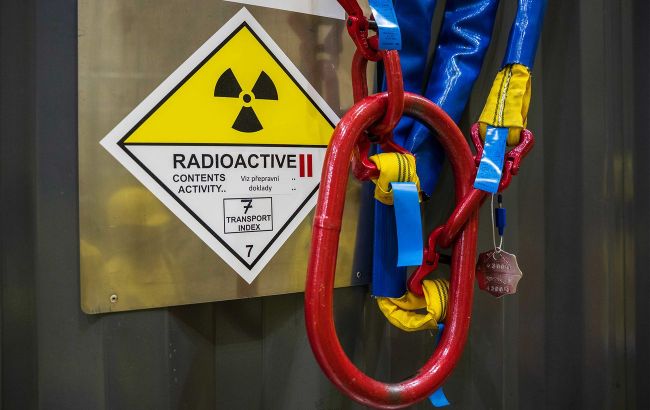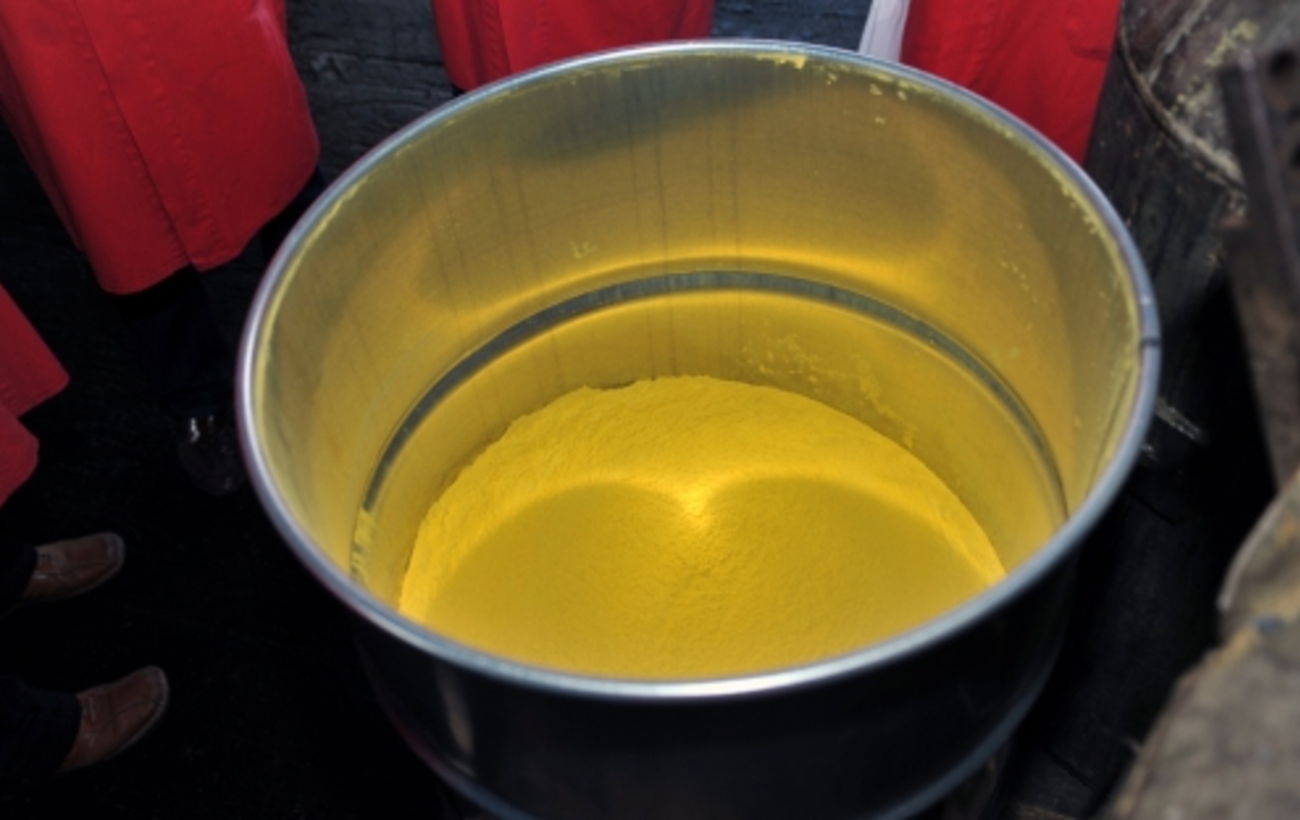Why the US keeps buying nuclear fuel from Russia — and how it plans to stop
 Photo: Radioactive materials at the Dukovany NPP in Czechia (Getty Images)
Photo: Radioactive materials at the Dukovany NPP in Czechia (Getty Images)
Donald Trump threatens tariffs on countries buying Russian energy. Yet the US continues to purchase a significant share of uranium from the aggressor state.
How dependent is the US on Russian uranium, and what is Washington doing to reduce this dependence? Read more in RBC-Ukraine’s report.
How much uranium does the US buy from Russia?
According to the US Energy Information Administration (EIA), in 2023, the main suppliers of uranium oxide to the United States were Canada, Australia, Kazakhstan, and Russia.
Russia ranked fourth in terms of uranium oxide supply volumes to the US in 2023, with a 12% market share.
It is the supply of the initial product derived from uranium ore — uranium oxide (a solid yellow substance also known as yellowcake). Ukraine produces the same product at the facilities of the state-owned Eastern Mining and Processing Plant in the Kirovohrad region. The next stage is uranium enrichment — raising the concentration of the uranium isotope that can sustain a chain reaction in a nuclear reactor. Only a limited number of countries in the world are capable of enriching uranium, and this activity is regulated by the International Atomic Energy Agency (IAEA).
 Photo: Uranium oxide or yellowcake is extracted from uranium ore and then sent for enrichment to become a component of nuclear fuel (IAEA)
Photo: Uranium oxide or yellowcake is extracted from uranium ore and then sent for enrichment to become a component of nuclear fuel (IAEA)
The EIA also notes that between 2019 and 2023, Russia sold uranium oxide to American companies at one of the lowest prices. In 2023, the average weighted price of Russian uranium oxide on the US market was $30.9 per pound, while suppliers from Canada charged $43.7, Australia — $51.2, and Kazakhstan — $43.6 per pound. The Russian price was even lower than the cost of uranium oxide produced within the US.
According to the EIA, the US depends on imports for 99% of its uranium oxide supply, as domestic production covers only about 1% of the country’s demand.
The Bellona environmental transparency center, citing data from the UN’s international trade statistics database, states that from 2018 to 2021, the US purchased an average of about 500 tons of uranium product annually from Russia, worth around $616 million.
In 2022, trade volumes remained at a similar level — 588 tons worth $830 million; in 2023, they increased to 702 tons worth $1.2 billion.
However, in 2024, exports of uranium oxide from Russia to the US were cut in half, to 335 tons worth $624 million.
How the US is phasing out Russian uranium
In May 2024, President Joe Biden signed a law banning uranium imports from Russia to the US starting August 12, 2024, with possible exemptions through January 1, 2028. The law allows purchases of Russian uranium if the US Department of Energy determines that national interests may be at risk or if there is a threat of supply disruption due to a lack of alternatives.
According to Bellona, immediately after the law was passed, US energy companies appealed to the Department of Energy for exemptions, and these requests were granted. For instance, Centrus Energy Corp. received approval from the DOE and signed a contract for uranium supplies from Russia for 2024–2025. Hence, the US embargo on Russian uranium is not currently in effect.
As Radio Free Europe/Radio Liberty reported, in response to this move by the Biden administration, in November 2024, Russia announced export restrictions on uranium products to the US. However, this step also turned out to be symbolic. In May of this year, president Vladimir Putin said that Russia continues to supply uranium to the US because it is profitable.
 Photo: Russian state company Rosatom remains a major uranium supplier to the US (Getty Images)
Photo: Russian state company Rosatom remains a major uranium supplier to the US (Getty Images)
Meanwhile, at the end of January 2024, the US Department of Energy received $2.7 billion from the federal budget to develop a domestic uranium production program. The DOE published restrictions on imports of uranium products from Russia: between 2024 and 2027, imports must not exceed 460–470 tons per year.
According to Bellona, in 2024, the DOE began searching for alternative suppliers of uranium products. Among the contenders are the French company Orano and the British Urenco.
In December 2024, Orano, which specializes in uranium mining and enrichment, announced that it and five other companies had been selected by the DOE as potential producers of low-enriched uranium using domestic raw materials. The US government may sign contracts to purchase uranium from these new suppliers.
On July 8, US President Donald Trump stated he is “very seriously" considering a sanctions bill proposed by Senators Lindsey Graham and Richard Blumenthal. The bill would introduce 500% import tariffs on countries purchasing Russian oil, gasoline, or petrochemicals.
On July 14, President Donald Trump said he was disappointed in Russian leader Vladimir Putin over the lack of progress in peace negotiations regarding the war in Ukraine. In this context, Trump promised to implement harsh economic measures — specifically, secondary tariffs on countries that buy Russian energy. He emphasized that if no peace deal is reached within 50 days, countries purchasing Russian products would face 100% tariffs on their exports to the US.

